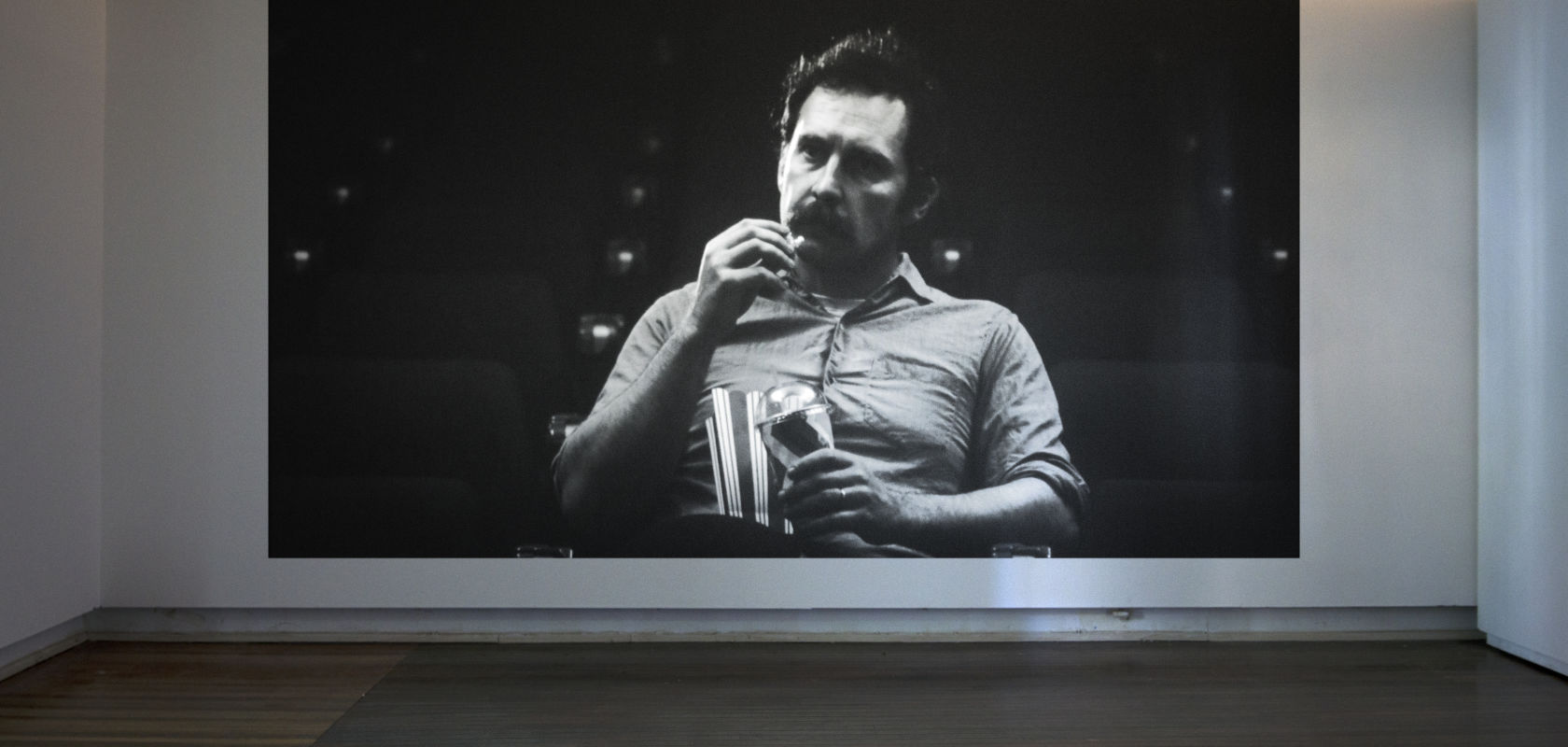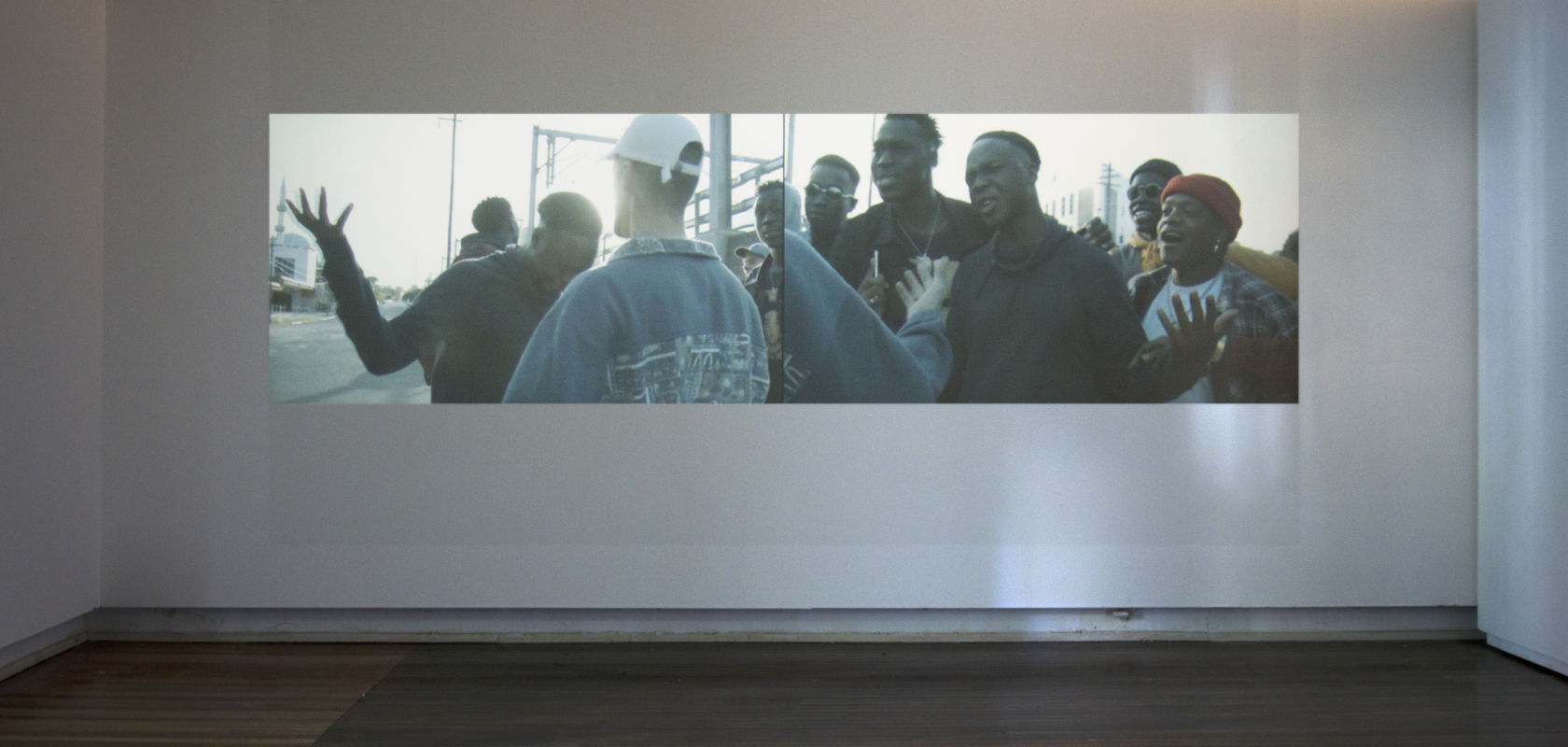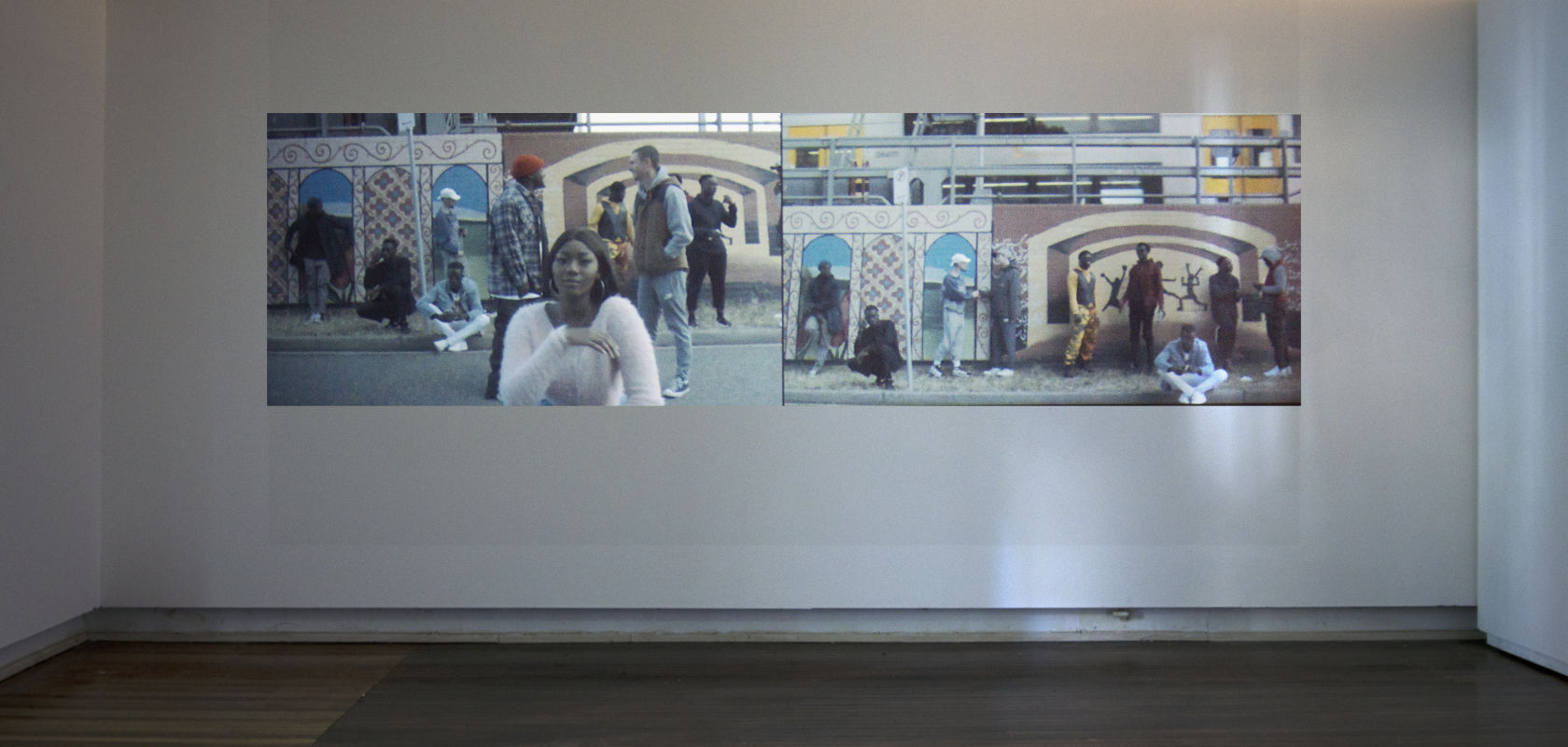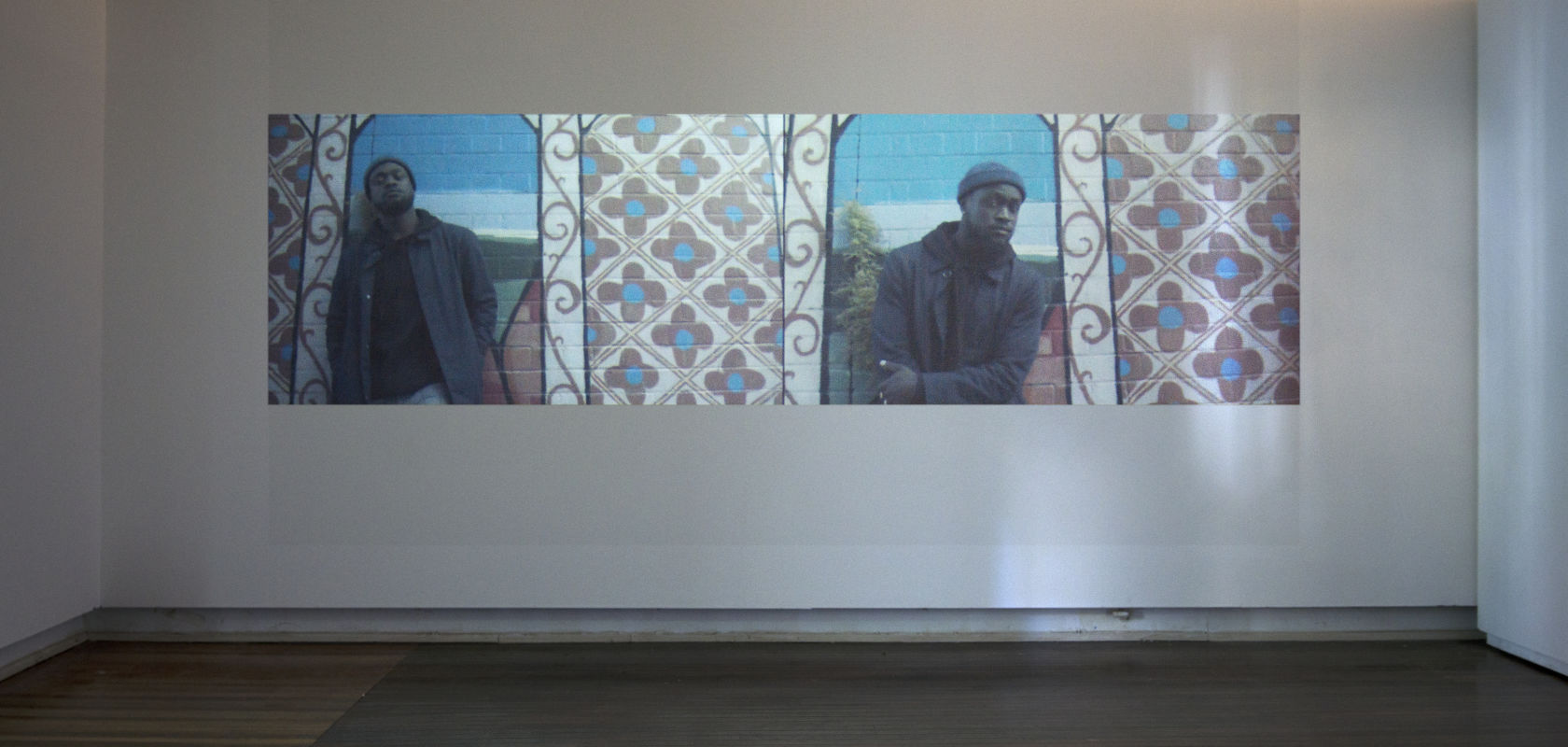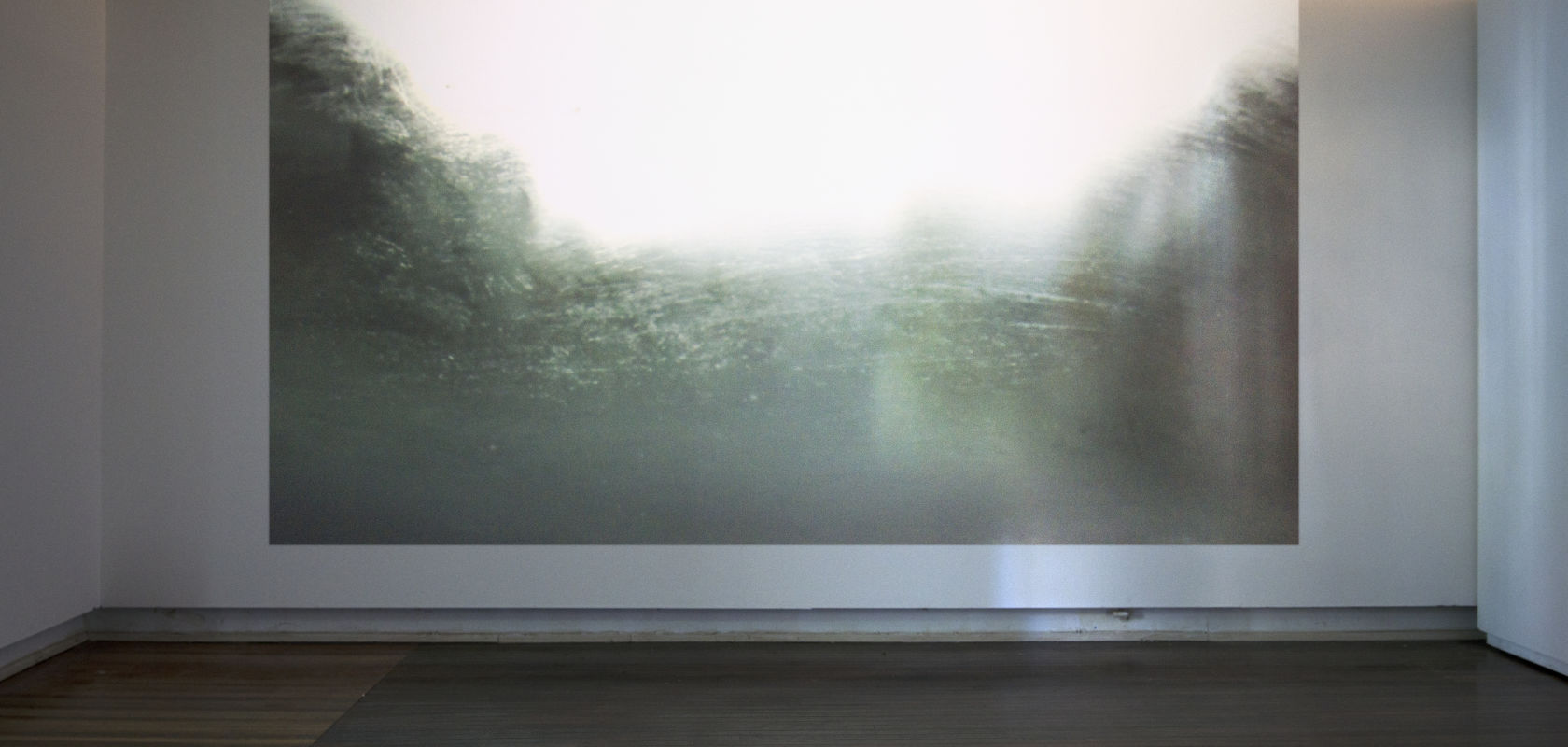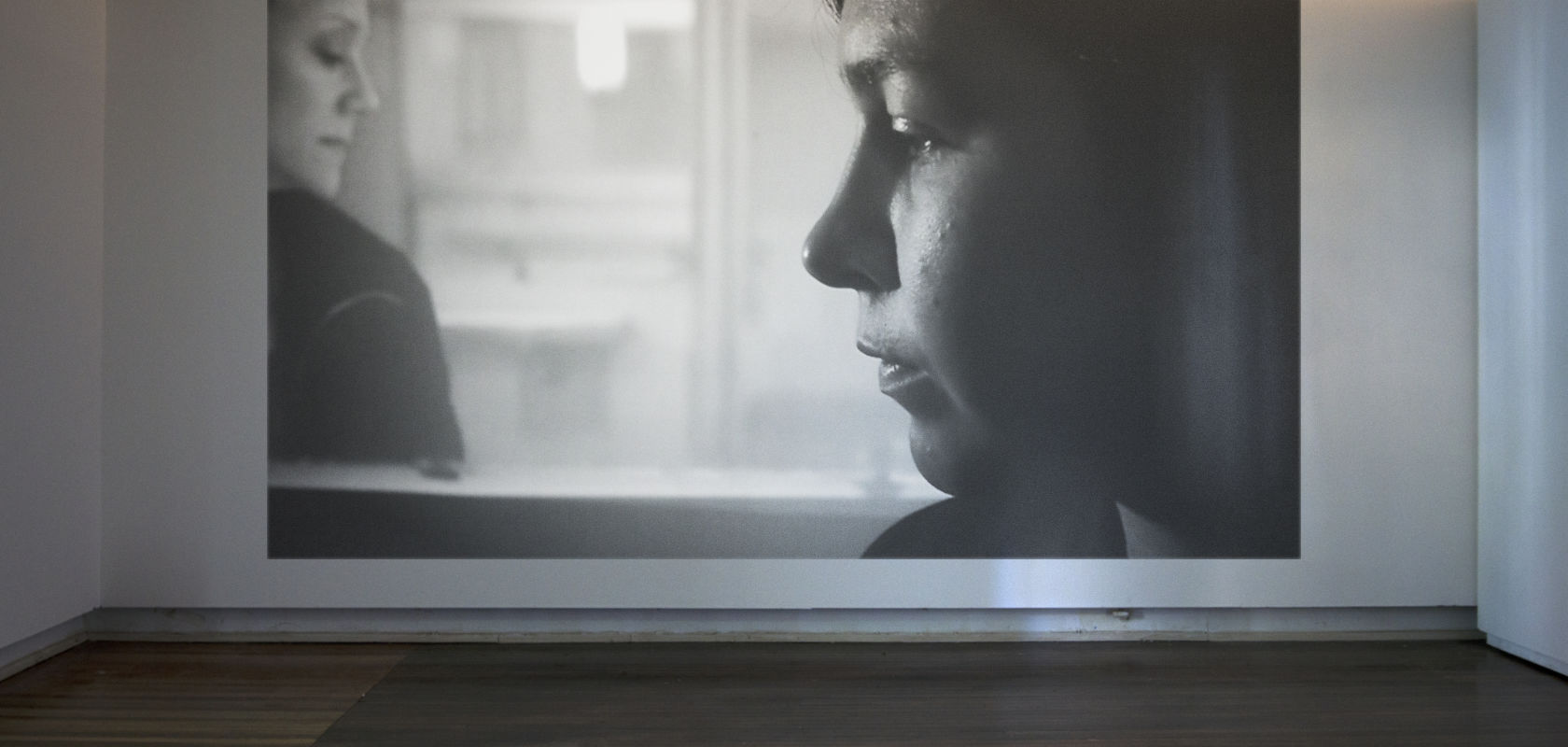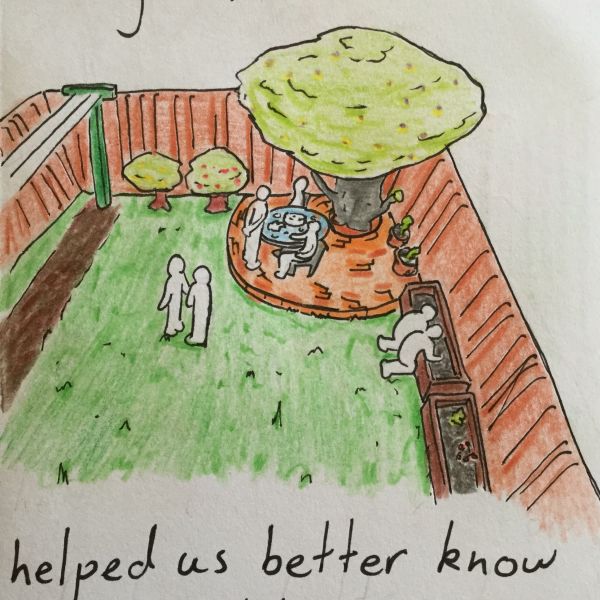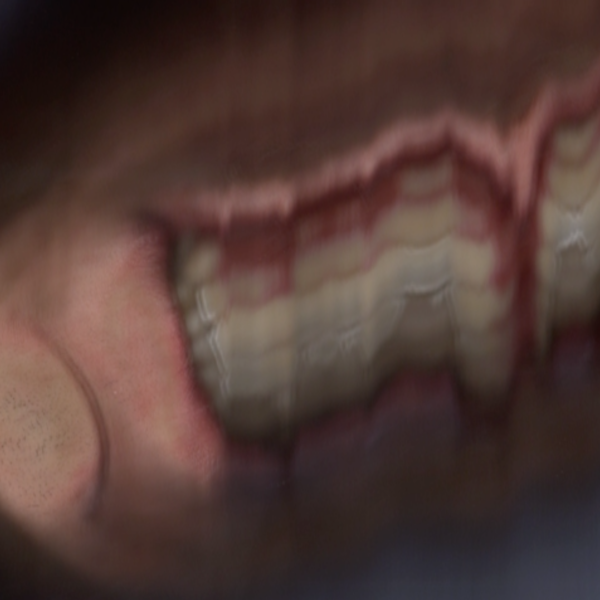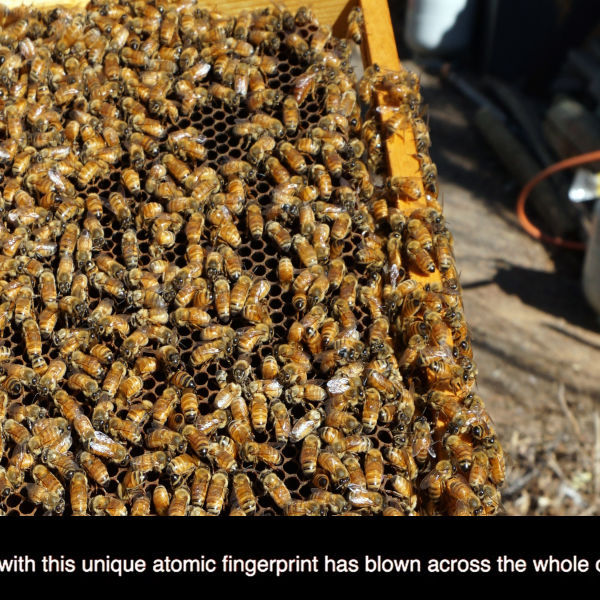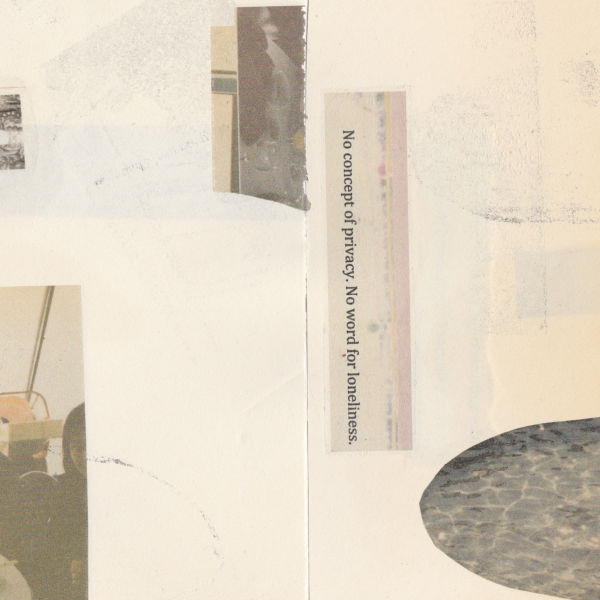Could you give a brief background into the Cinema issue [#37] of Runway Experimental Art Journal and what prompted the decision to focus the issue around the art of film?
Sarinah Masukor: When I first proposed Cinema as an issue I’d been noticing that a lot of young Australian artists were working in response to films. Of course artists drawing on film in their work has been going on throughout the 20th and 21st century, but there seemed to be a particular concentration in the Australian emerging scene over the past few years and so I wanted to explore that. When Alifa came on as guest editor that developed into us putting together a program of films by diasporic filmmakers and asking the contributors to respond to them. It was a way of looking at ideas we’d been discussing - ideas about race, class and colonialism - indirectly. And tricking a whole lot of people into watching films they hadn’t seen before.
The issue also became an opportunity to do something I’d been wanting to do since joining the Runway board - and that was to do an issue that had all POC contributors - in the end there are a couple of white contributors but the majority are non-white. And they are responding to films mainly by non-white filmmakers.
Were the artists given films to respond to at random to or did you allocate a film to each of the 12 artists that feature in the issue?
SM: I think we actually had a rough list of films together before we received submissions so we were able to curate the artists in the issue around the films we wanted to program. There was a bit of juggling, we changed some of the films in relation to some of the artists we really wanted to include, but everyone was lined up with a film that somehow already spoke to some element of their practice. For example, Matt Chun has an established practice of landscape and nature drawing, and the film he responded to, debbie tucker green’s The Second Coming - has a sort of mystical approach to nature within it. Carla Uriarte’s writing and painting is very much about the internal and everyday experiences of being a young woman in the world and Mati Diop’s film connects to that. But we weren’t prescriptive as to how the artists should respond or to what aspect of the film they should respond to. That was very much up to them and they all did it differently. Paul Matereke and Hanna Tai both responded to single visual moments, while Erin Crouch questioned the concept of making something new in response to a story she felt needed to be seen more widely. Erin’s response is incredibly thoughtful because she performs an act of taking herself out of the picture and allowing Marlene Cummins to speak for herself.
Regarding curating the 4 works to be shown at Kudos Gallery, what process was involved in choosing these works and the order in which they’re played?
SM: They were the four video works that were ready in time! The order makes sense formally (to me anyway!) in the sense of creating a sound path for the screening, with moments of loudness and softness. Hanna and Elise’s films are quite subtle in terms of their image so it made sense to have them together.

